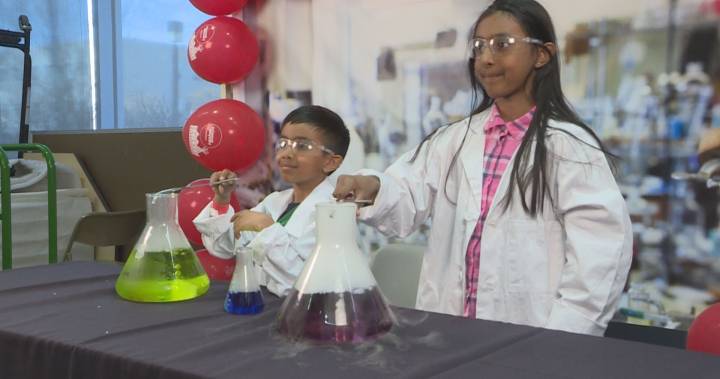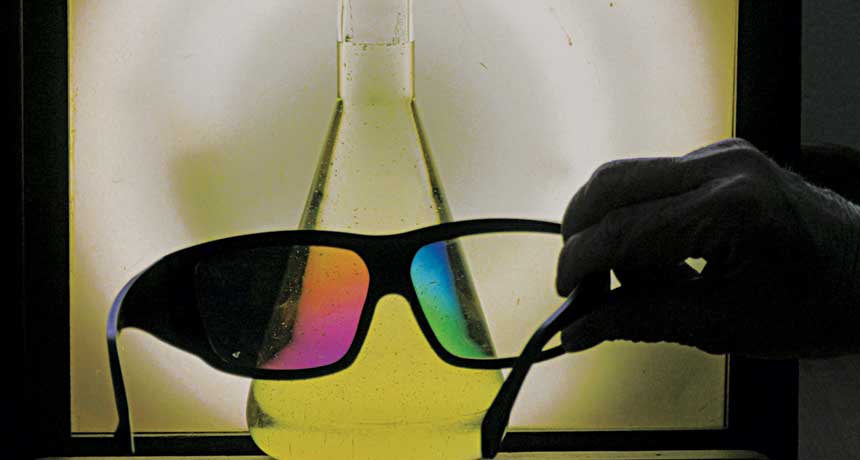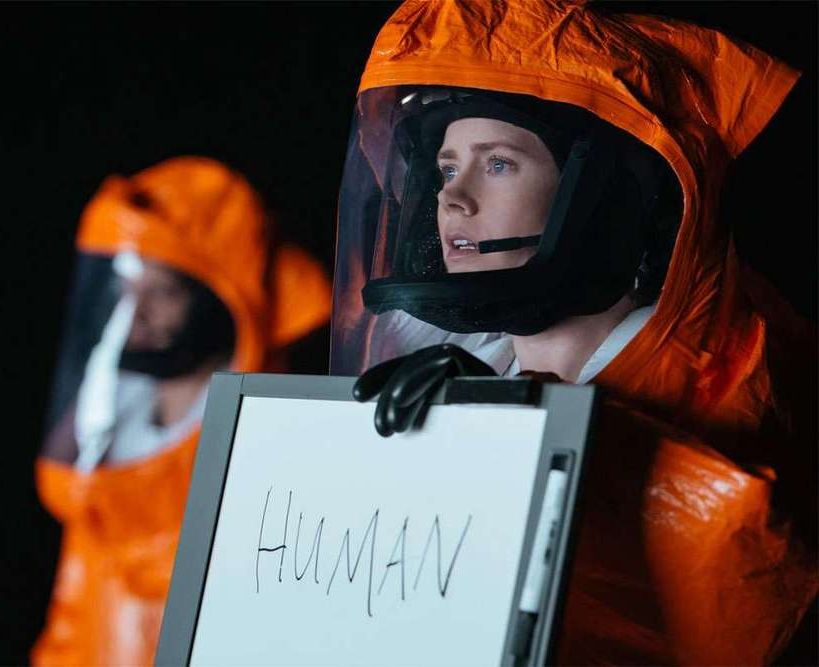On Saturday, over 70 different booths were set up at the University of Manitoba’s campus, with each one showcasing a different aspect of science.
WATCH: Thousands flocked to the University of Manitoba to take in over 70 different hands on science demonstrations at this year’s “Science Rendezvous.” Marek Tkach reports.
For the 12th year in a row, ‘Science Rendezvous’ was organized and executed by over 700 U of M students.







